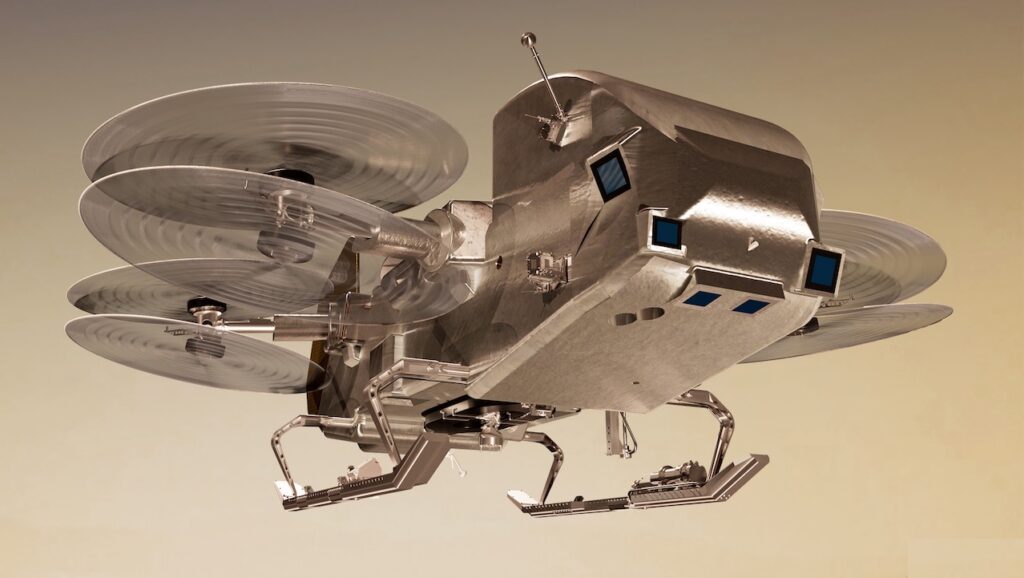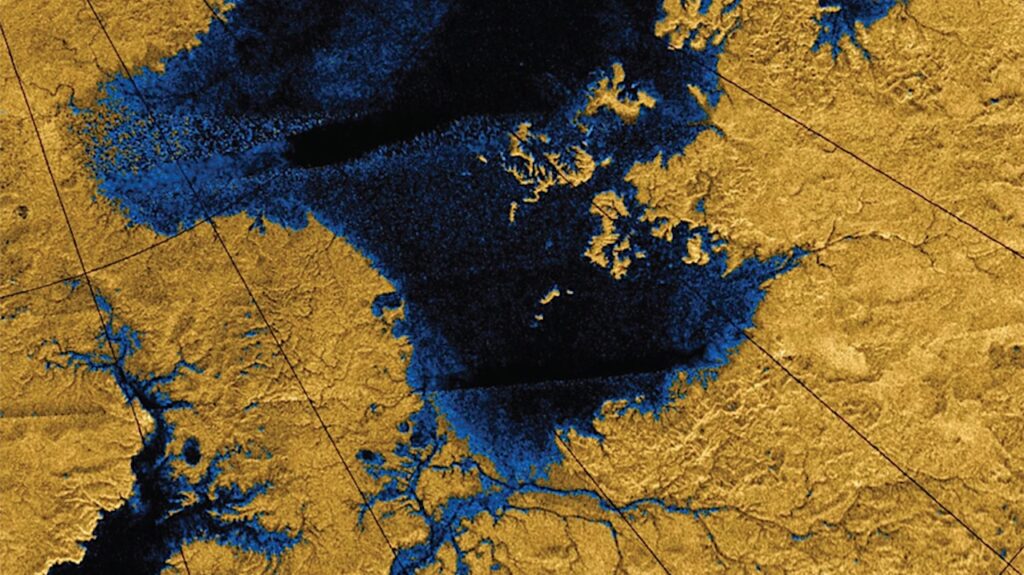Formation Conditions Of Titan and Enceladus' Building Blocks In Saturn's Circumplanetary Disk

The building blocks of Titan and Enceladus are believed to have formed in a late-stage circumplanetary disk around Saturn.
Evaluating the evolution of the abundances of volatile species in this disk as a function of the migration, growth, and evaporation of icy grains is then of primary importance to assess the origin of the material that eventually formed these two moons. Here we use a simple prescription of Saturn’s circumplanetary disk in which the location of the centrifugal radius is varied, to investigate the time evolution of the icelines of water ice, ammonia hydrate, methane clathrate, carbon monoxide and dinitrogen pure condensates.
To match their compositional data, the building blocks of both moons would have had to form in a region of the circumplanetary disk situated between the icelines of carbon monoxide and dinitrogen at their outer limit, and the iceline of methane clathrate as their inner limit. We find that a source of dust at the location of centrifugal radius does not guarantee the replenishment of the disk in the volatiles assumed to be primordial in Titan and Enceladus.
Only simulations assuming a centrifugal radius in the 66–100 Saturnian radii range allow for the formation and growth of solids with compositions consistent with those measured in Enceladus and Titan. The species are then able to evolve in solid forms in the system for longer periods of time, even reaching an equilibrium, thus favoring the formation of Titan and Enceladus building blocks in this region of the disk.
Sarah Anderson, Olivier Mousis, Thomas Ronnet
Comments: Accepted for publication in The Planetary Science Journal
Subjects: Earth and Planetary Astrophysics (astro-ph.EP); Instrumentation and Methods for Astrophysics (astro-ph.IM)
Cite as: arXiv:2102.03230 [astro-ph.EP] (or arXiv:2102.03230v1 [astro-ph.EP] for this version)
Submission history
From: Olivier Mousis
[v1] Fri, 5 Feb 2021 15:22:48 UTC (794 KB)
https://arxiv.org/abs/2102.03230
Astrobiology, Astrochemistry,








